Whether you have a penchant for fishing or you want to incorporate a touch of water garden style into your aquariums or ponds, then hurdle no more as we have all you need in the list below. The Nymphaeales family provides a wide variety of beautiful plants that can surely change your underwater view.
Content Table
In today’s article, we will discover the fascinating Nymphaeales (water lily family) and discover which species are most suited to aquariums and ponds.
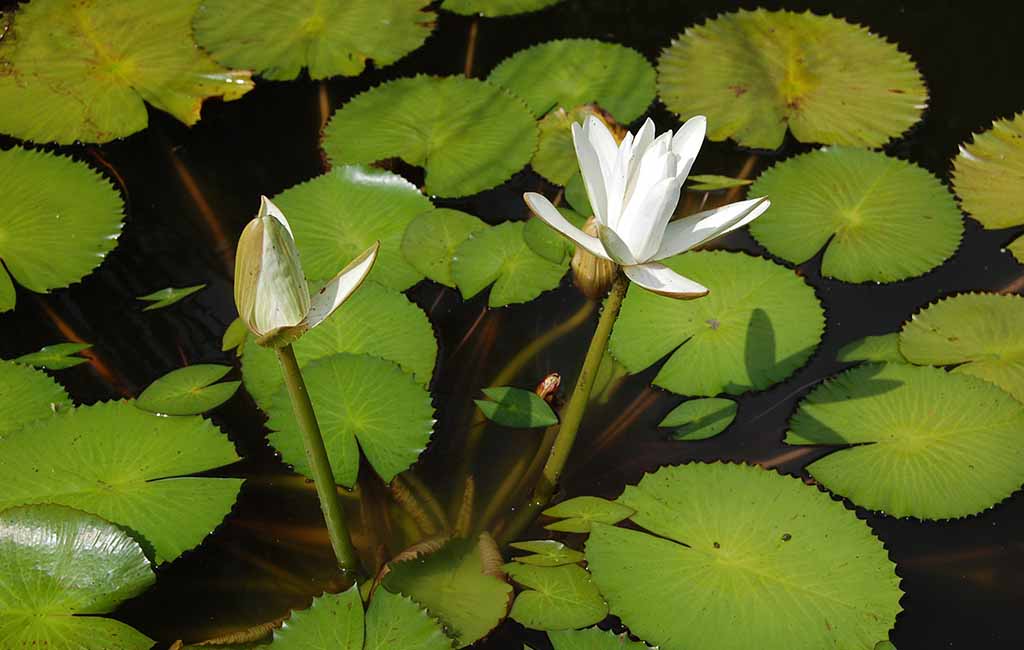
nymphaeales
Nymphaeales Family
The Nymphaeales are an ancient form of plant found in early fossils from the Cretaceous. They are described as Paleodicots and, therefore, are thought to have evolved relatively close to the root of the angiosperm tree.
The Nymphaeales have vital functions in water resources as they act both as producers offering food to many animals and as habitation for different species. However, they are also used as ornamental plants, and many of the species are grown in ponds and water gardens. The Nymphaeales is an order of flowering plants, containing three families of aquatic plants:
Hydatellaceae: This family consists of only one genus, Hydatella, with twelve species. These plants are small and small-sized and commonly grow in moist soil or shallow water.
Cabombaceae: This family consists of two genera, Cabomba and Brasenia. These plants are known in common parlance as water shields and fanworts. They are identified by having leaf blades that may be shield-shaped or fan-shaped.
Nymphaeaceae: This family is bigger than the previous two and comprises three genera: Nymphaea, Nuphar, and Victoria. In most places and regions around the world, these are referred to as water lilies. They may have large and showy flowers, and floating or submerged leaves distinguish them.
Characteristics of Nymphaeales Plants
Nymphaeales present a series of features that make them different from other plants in the community.
General Characteristics
- Aquatic Habitat: All plants of the Nymphaeales order are either completely submerged or partially floating on the water’s surface.
- Rhizomatous Growth: They normally have rhizomatous growth so that they can spread and fix themselves in the aquatic system.
- Large, Showy Flowers: A majority of the species yield large, brightly colored flowers that are usually scented to entice pollinators such as beetles and flies.
- Broad, Floating Leaves: Some species feature large, broad leaves that float on the water’s surface. Some of them have floating or emergent, slender, and highly divided foliage.
- Simple Vascular System: It has a somewhat less advanced vascular system than many other angiosperms.
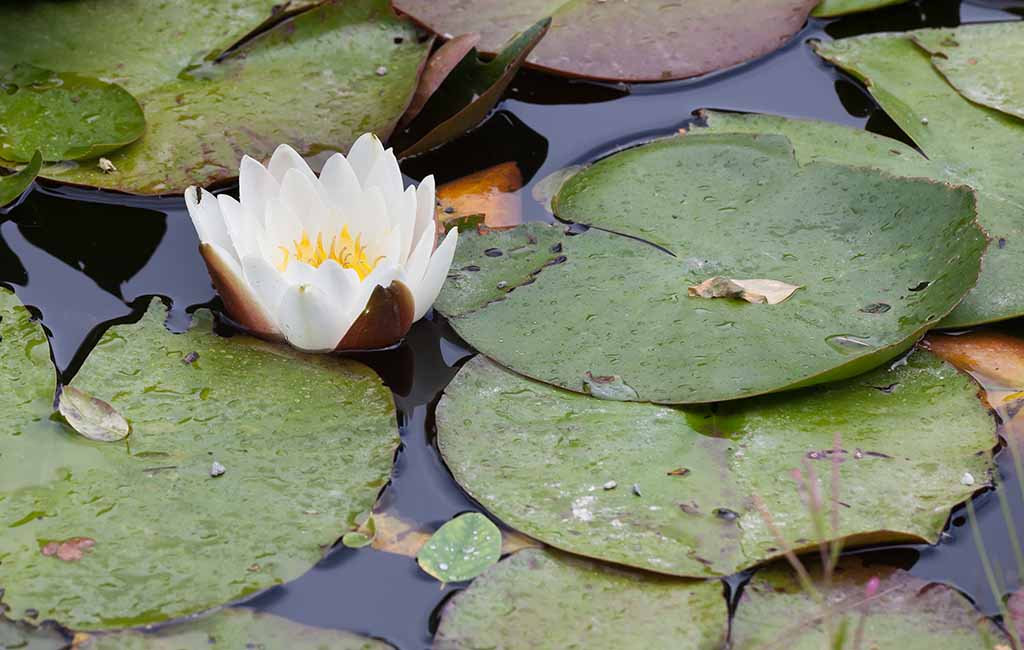
water lily family
Specific Characteristics of Semi-Aquatic Nymphaeales
- Emergent Growth: Some species are emergent plants, in which the majority of parts of plants such as leaves and flowers float on the water surface, for instance, lotus (Nelumbo nucifera).
- Strong, Erect Stems: These plants have well-developed, strictly erect stems to carry their aerial organs.
- Specialized Leaf Structures: These plants may possess additional structures for photosynthetic organs, for example, hydrophobic outer epidermis or air spaces for the exchange of gases and floatation.
- Diverse Reproductive Strategies: It uses many methods of reproduction like selfing, insect pollination, and water to help in seed dispersal.
Nymphaeales Plants for Aquariums and Ponds
Several Nymphaeales plants are popular choices for aquariums and ponds due to their beauty and ability to thrive in aquatic environments. Here are some of the most common ones:
For Aquariums
Dwarf Water Lilies (Nymphaea spp)
| These are miniature species of water lilies appropriate for large aquaria. It brings beauty with its blooming flowers and floating leaves. | 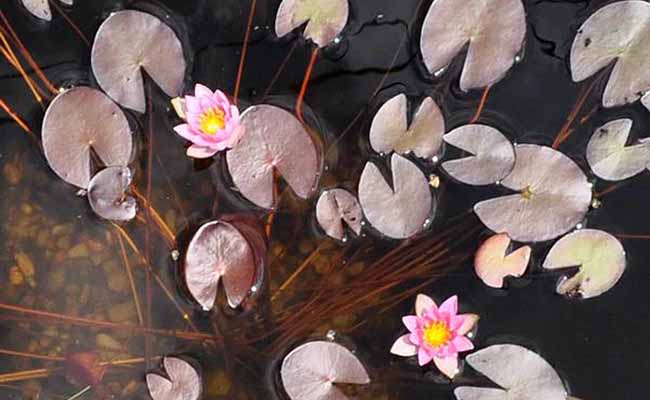 |
Cabomba (Cabomba caroliniana)
| This plant is fast-growing, feathery plant that is very suitable to offer good cover to the fishes. They are low maintenance and will also be able to populate any available areas in your aquarium rather quickly. | 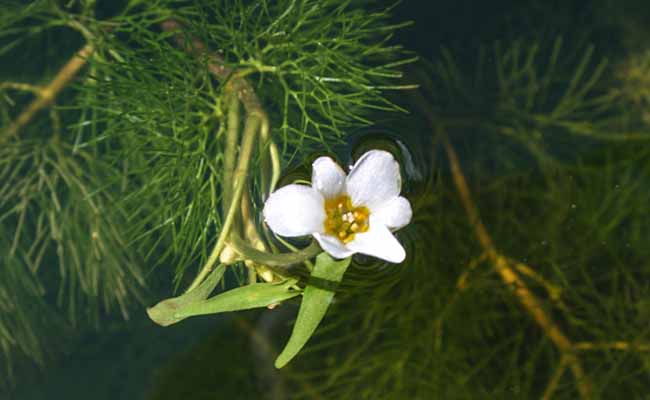 |
For Ponds
Tropical Water Lilies (Nymphaea spp.)
| These water lilies can be of different colors and in larger sizes, they are plants used in ponds. It produces magnificent flowers that will bloom during the whole summer. | 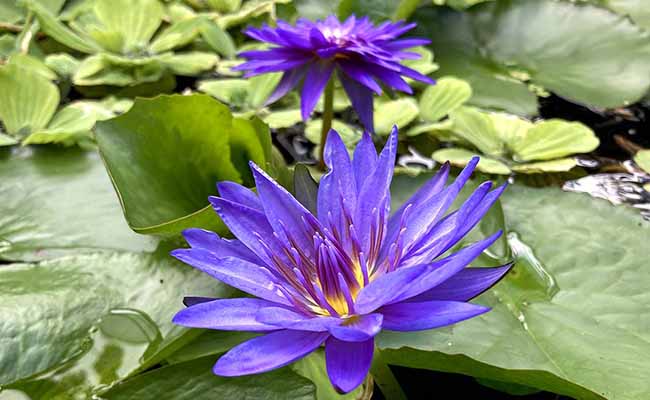 |
Hardy Water Lilies (Nymphaea spp.)
| These types of water lilies are tolerant to cold and can grow in climates that are cooler than the others. When winter conditions are severe, they are plants perfect for ponds. | 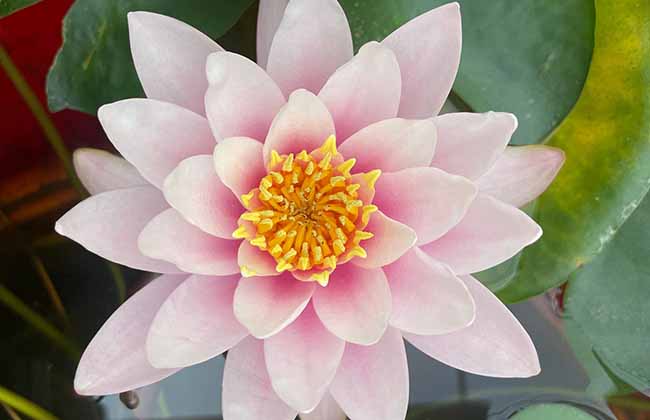 |
Lotus (Nelumbo nucifera)
| It is a very attractive plant for any body of water and is especially liked for the huge flowers with a delicious scent and large leaves. This is an easy-to-care plant species that enjoys diversified environmental conditions. | 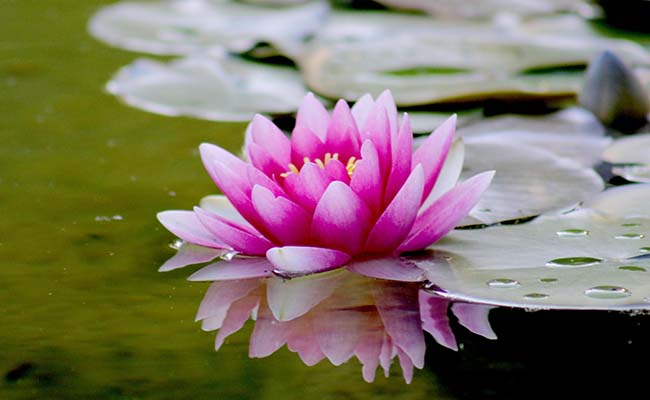 |
When choosing Nymphaeales plants for your aquarium or pond, consider the following factors:
- Tank or Pond Size: When selecting the plants, always be particular about the size of the aquarium or pond in which you intend to put the plants.
- Water Conditions: Every plant has its unique water conditions, and ensure that the plants you are going to plant are friendly with your water conditions.
- Lighting: There is a consensus that the majority of the plants belonging to the Nymphaeales family need adequate light to grow.
- Maintenance: Different types need different levels of attention, so select those plants that are appropriate for the care level that you are willing to provide for them.
How Does Nymphaeales Compare with Amborellaceae
Nymphaeales and Amborellaceae are two groups of flowers that fall under the basal angiosperms group since they are some of the oldest flowers in the groups. However, one should mention that they are different and occupy different levels of evolution.
Amborellaceae:
- Single Species: Contains only one species, Amborella trichopoda, a shrub native to New Caledonia.
- Basal Position: Widely recognized as the earliest-diverging lineage of flowering plants.
- Simple Structure: Relatively simple floral structure with numerous spirally arranged tepals and stamens.
- Lack of Vessels: Lacks vessel elements in its xylem, a trait shared with some other basal angiosperms.
Nymphaeales:
- Aquatic Plants: Includes various aquatic plants like water lilies, water shields, and other related species.
- Diverse Habitats: Occupies diverse aquatic habitats, from ponds and lakes to rivers and streams.
- Complex Flowers: Often have complex floral structures with numerous petals and stamens.
- Vessel Variation: Some members lack vessels, while others have simple vessels in their xylem.
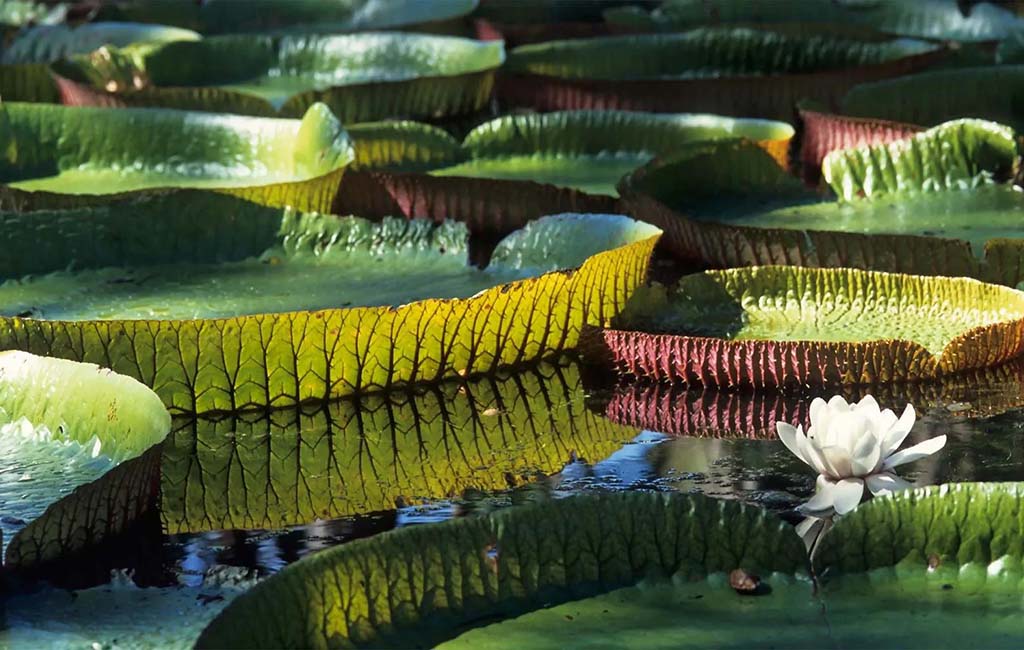
nymphaeales family
Key Differences
- Habitat: Amborellaceae is terrestrial, while Nymphaeales is aquatic.
- Floral Complexity: Amborellaceae has a simpler floral structure compared to the diverse and often complex flowers of Nymphaeales.
- Vessel Presence: While both groups can lack vessels, Nymphaeales show more variation in vessel presence.
Bringing It All Together
Nymphaeales plants are beautiful and functional additions to aquariums and ponds. These features make it a right and recommended plant for aquatic gardens, from flamboyant flowers to suitable for the water environment. But if you must go to the effort of fulfilling their needs and choosing the right species, you will be able to have an attractive, healthy water garden that will be appreciated for years.
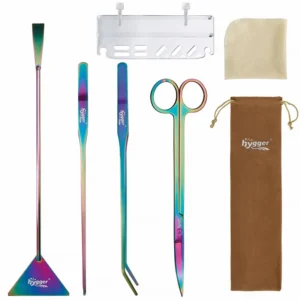
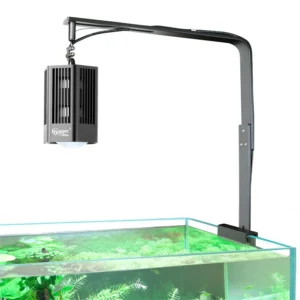
Leave a comment